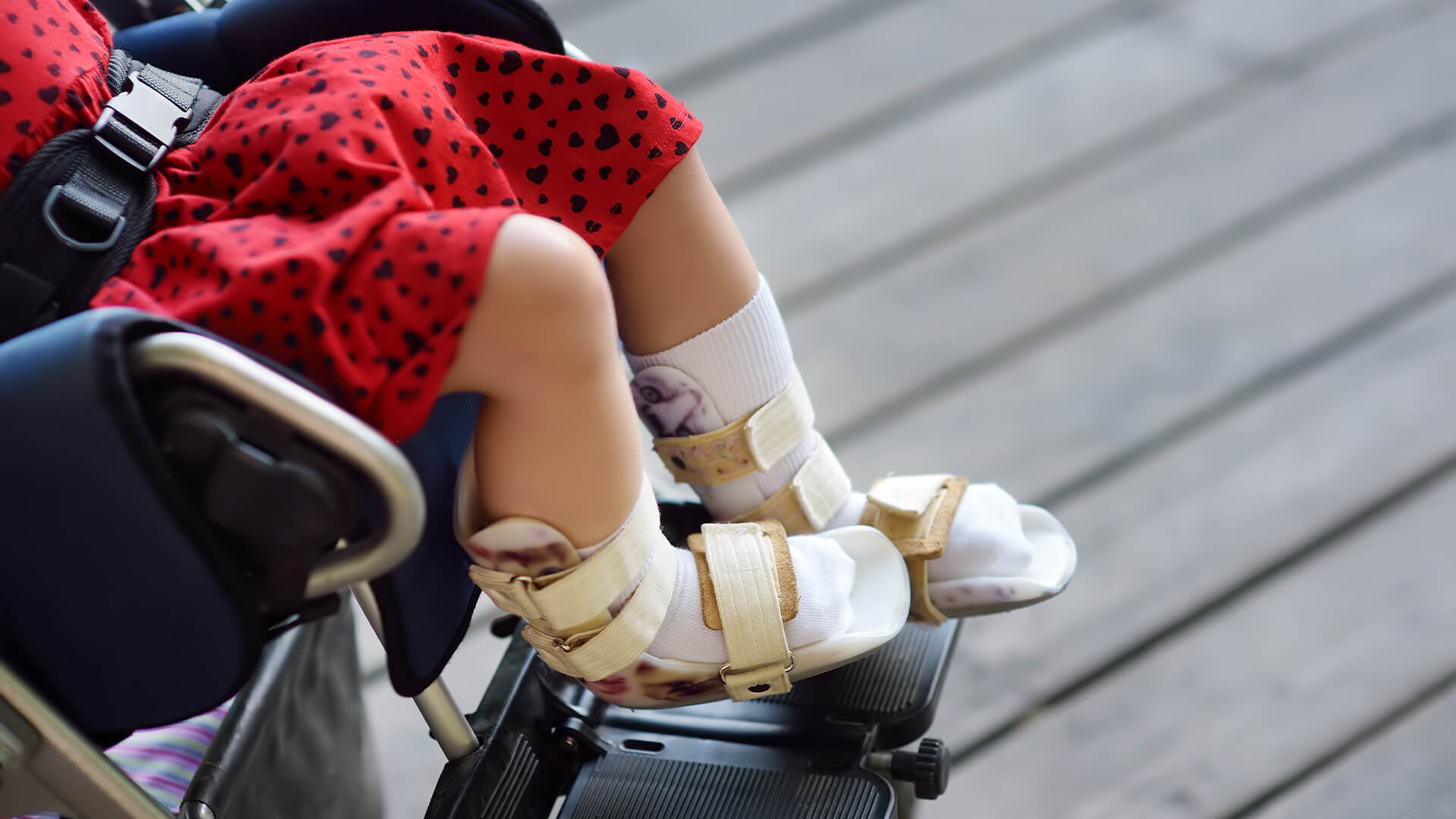Orthotic devices, also known as orthoses, are the braces or devices that help support the weakened muscles while walking. They also help slow the progress of the tightened tendons or muscles that become shorter in the long run. Plus, these devices can also enhance comfort.
Orthotic devices are worn at any time of the night or day. However, the use of a certain orthotic device depends on the type of muscles and muscular dystrophy affected. Also, with today’s advancements in Orthoses technology, there are several types of orthotic devices you should know and these include the following:
1. Foot Orthoses (FOs)
Also referred to as arch supports, foot orthoses come in various sizes and shapes and can be helpful in treating posterior tibial tendon dysfunction and ligament laxity.
Depending on your diagnosis and its level of severity, an orthotist will use FOs which is either prefabricated foot orthosis or a custom-made one. There are several materials used to create FOs and these include ethyl vinyl acetate (EVA), pelite, and plastic.
Clubfoot bars and boots are under the category of FOs, but they’re not considered regular FOs. Such boots are made from silicone, leather, and plastic with a bar of metal.
2. Elbow Wrist Hand Finger Orthoses (EWHFOs)
These orthotic devices serve to assist arm movement in serious conditions including cerebral palsy, stroke, spinal injury, brain injury, and multiple sclerosis. As its name suggests, aside from supporting elbow movement, this device may go over the whole forearm, fingers, and hand.
3. Knee-Ankle-Foot Orthoses (KAFOs)
These are quite similar to ankle-foot orthoses (AFOs), but they also cover the knee joints. Often, KAFOs are used to help prevent an excessive joint motion to reduce joint pain and help with joint stability and alignment.
KAFOs are usually customized for every individual and are made of plastic or metal. New varieties of KAFOs are lightweight and made of carbon fiber while still providing the support required to complete the gait cycle.
Another thing to know about KAFOs is that they’re strenuous and it’s essential to give patients some time to adjust to an indoor environment. While using a KAFO, the knee’s movement is restricted, and walking may require a lot of energy. Luckily, electromagnetic or electronic controlled knee joints can be used in a KAFO to ease movement.
4. Knee Orthoses (KOs)
As its name implies, a knee orthosis is only used for knees. Usually, KOs are used after a surgery or operation to relieve and protect the knee joint. They’re also useful to ease knee pain.
Patients who suffer from meniscus injuries, cruciate ligament injuries, and capsular ligaments injuries are recommended to use a KO.
5. Wrist Hand Orthosis (WHO)
These are used for limitation or mobilization of the wrist’s motion. Even if the wrist is encompassed with this orthotic device, fingers can be used and moved.
There’s a variety of conditions that require the use of WHOs. But they’re commonly worn when a patient is recovering from a wrist injury.
6. Hip Knee Ankle Foot Orthoses (HKAFOs)
Such orthoses are quite the same with a KAFO except HKAFOs extend to the patient’s pelvis and over the hip joint. Depending on the patient’s condition, the hip joints can be locked, partially locked, or free. The ankle and knee joints can also be locked completely or partially or free. This may depend on the range of motion, weaknesses, or diagnosis of the patients.
7. Head Orthoses
Also called cranial orthoses, head orthoses are typically used for effective treatments of various conditions in newborn children. Such conditions include plagiocephaly, brachycephaly, and scaphocephaly.
In case a child patient requires additional head protection, particularly after an injury, head orthoses are highly recommended. It’ll keep the patients secure and ensure that they’ll heal safely.
8. Ankle-Foot Orthoses (AFOs)
These orthotic devices cover the foot, leg, and ankle. Typically, AFOs are custom-made depending on the patient’s requirements. AFOs also help reduce pain and increase mobility while walking.
AFOs are made by taking the cast of the patient’s leg. The process of creating an AFO from the cast may take several weeks. After that, patients will have a fitting appointment in which the device is tested for function and comfort.
While fitting AFOs, it’s recommended that patients wear clothing that can be rolled up or expose to the lower leg. Using knee-high socks that are wrinkle-free and fit well is also advised to lessen rubbing. Commonly used sneakers or shoes must also be taken to the appointment to adjust the orthotic devices to ensure user satisfaction.
9. Spine Orthoses
Spine orthoses are another type of orthotic device, which is used for a variety of spine conditions. Such devices are used in different scenarios, which may include scoliosis, surgical recovery, and disc herniation.
For instance, when it comes to scoliosis, there are several available spine orthoses to choose from. The same applies to some conditions in which a Harris or Jewett brace can be effective. Regardless of the case, this kind of orthotic device is a good way to lessen pressure and alleviate pain in your spine.
Conclusion
With the different types of orthotic devices available, there are various things to consider when you’re searching for the best one suited for you. The best guidance you’ll find is your doctor’s recommendation. So, if you prefer other options, make sure to consult your doctor first before you consider any type of orthotic device.



















